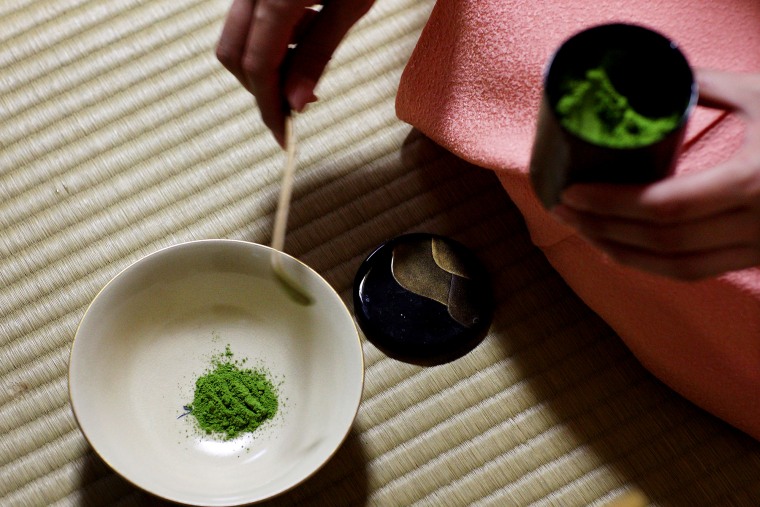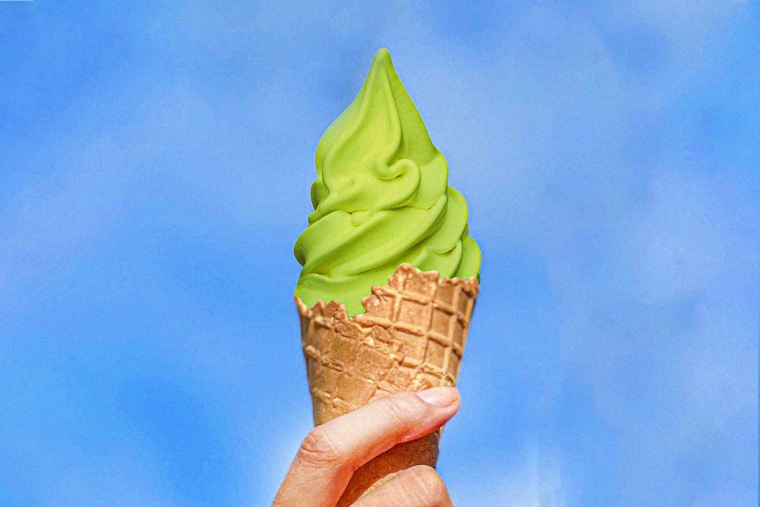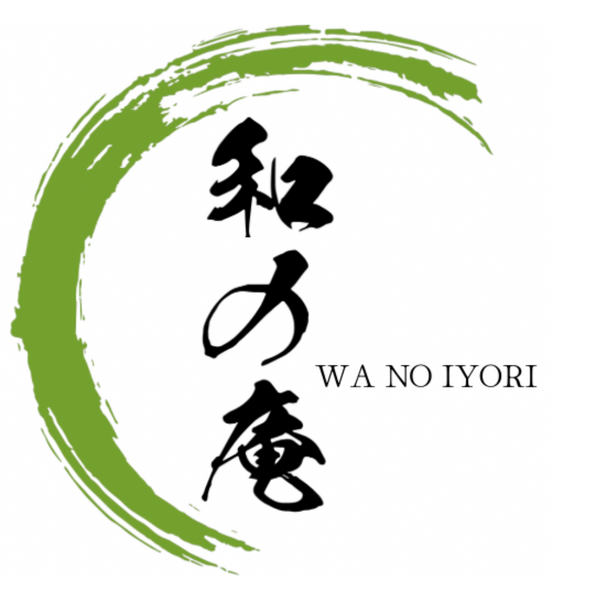Matcha Shortage: Why the World’s Obsession is Draining Supplies
共有
Matcha Shortage: Why the World’s Obsession is Draining Supplies

The world can’t get enough of matcha. From Starbucks lattes in the UK to Krispy Kreme doughnuts in Singapore, the bright green Japanese tea is everywhere. Social media is fueling the craze, with “Matcha Tok” videos drawing tens of millions of views.
Tourism to Japan has also boosted demand. A weak yen makes the country attractive for visitors, who often buy matcha to take home, leaving local shop shelves empty.
Surging Demand, Shrinking Supply
Tea importers say demand is rising at record speed. What used to last a month now sells out in just days. Some cafés are asking for a kilo of matcha a day to keep up. But growers face big challenges. Heatwaves have damaged crops in Kyoto, which supplies a quarter of Japan’s tencha leaves. On top of this, Japan struggles with a shrinking farming workforce, as younger generations turn away from agriculture.
Prices Climb and Stocks Run Dry
The combination of higher demand and smaller harvests has driven prices up sharply. Some tea ceremony businesses in Tokyo say their costs have risen by 30% this year. Shops in Uji, the heart of Japan’s matcha region, now limit customers to buying just one tin at a time.
Tradition Meets Trend

Matcha isn’t just trendy it’s part of Japan’s centuries-old tea culture. The careful process of shading, harvesting, drying, and grinding leaves into fine powder is what creates its unique flavor. A single stone mill produces only 40 grams of matcha per hour, making it a slow craft at odds with today’s global speed.
Tea masters and cultural advocates worry that high-grade matcha is being wasted in lattes or desserts, where its delicate flavor is lost. Instead, they encourage people to savor matcha in its pure form, and use lower-grade powders for cooking.
Trade Tensions
The US has added new tariffs on Japanese products, including matcha. Importers warn this will make supplies even more expensive, despite the fact that matcha isn’t produced in America. Orders surged ahead of the tariff deadline, adding further strain to the market.
What’s Next?
Matcha production has nearly tripled since 2010, and exports continue to rise. Some in the industry believe demand will cool within a few years. For now, though, the matcha shortage looks set to continue, with higher prices and tighter supplies the new normal.
